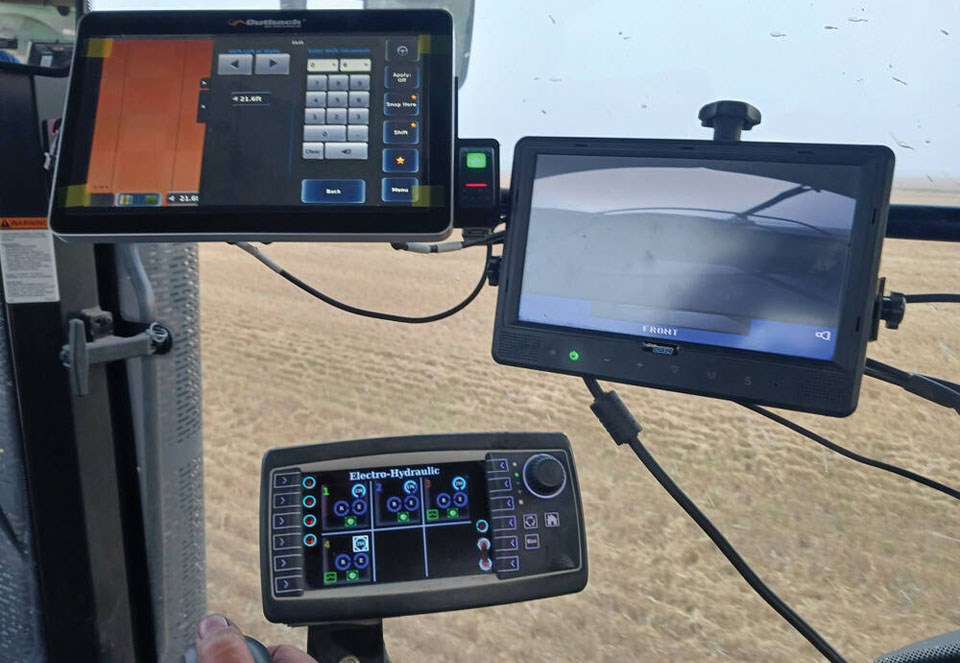MANITOBA CO-OPERATOR — The architects of the Sustainable Canadian Agricultural Partnership framework by not making digital agriculture a priority, according to a new report from the Canadian Agricultural Policy Institute (CAPI) and EMILI.
The report pans , which it said has contributed to patchy uptake of technology and hampered Canadian farms from reaching their full potential.
What does good digital ag policy look like? The report lists five ‘peer’ countries where policy has led to good outcomes and how Canada can learn from them.
The United States
The United States digital agriculture framework’s funding model explicitly requires collaboration between academics, private innovators and rural communities, the report noted. The ReConnect Progam funds broadband in underserved areas through loans and grants to local governments, Indigenous groups and others.
falls under the U.S. Department of Agriculture’s 2024 Data Strategy, which mandates that farmers retain ownership of data collected through USDA-supported technology.
The CAPI/EMILI report authors suggested Canada consider introducing “more meaningful partnership requirements” in federal and provincial programs that mirror U.S. models.
“This helps address the challenge of translating lab innovations to farming applications.”
Australia
Australia’s Digital Foundations for Agriculture Strategy, enacted in 2022, set a national target of A$100 billion (C$89.1 billion) in total farm gate revenue by 2030.
The strategy, while national, allows each state to tailor initiatives to regional needs. Funding for research and innovation totals about A$800 million per year through rural research and development government corporations. The funding is a mix of government investment and industry levies.
Separate programs, like the Climate-Smart Agriculture Program, also include funding streams for tools and tech.
Canada should consider unifying cost-shared provincial programs related to digital agriculture under a national strategy, the report said.
The Netherlands
Digital agriculture in the Netherlands falls under its Eurpean Union Common Agricultural Policy funding.
The Dutch government provides financial incentives to farmers who participate in “innovation training,” the report said. The government also supports small and medium-sized farms to incorporate digital technology.
Agriculture data governance in the Netherlands ties into the EU Code of Conduct on Agricultural Data Sharing, which encourages transparency and user rights, the Canadian report said.
The report suggested integrating digital tool extension services into funding and programs in the next federal-provincial-territorial agricultural policy framework.
France
The French government has allocated 2.3 billion euros (C$3.66 billion) to ag tech startups through its France 2030 plan. It also offers a 30 per cent tax credit for research and development costs, up to 100 million euros per year.
“This strategy has contributed to France’s success in retaining a high percentage of its ag tech intellectual property,” the report said.
France’s Pays de la Loire region offers farmers vouchers to supportthem getting advice from experts and to cover costs related to adopting new digital solutions.
Other programs include prioritizing rural 5G deployment through telecoms partners and subsidizing farmers in underserved areas to install solutions like satellite broadband.
Canada could consider offering better tax incentives to tech developers and launching an “innovation voucher program” to increase digital ag adoption and access to extension services, authors suggest.
United Kingdom
The U.K.’s Farming Innovation Programme funds research into “blockchain-enabled sustainability solutions” that allow farmers to monetize environmental benefits like . Its Regulatory Innovation Office works to simplify approvals for ag tech tools and projects, the report noted.
The U.K. has also improved agricultural data governance practices through the U.K. Farm Data Principles certification, which ensures that companies working with farm data follow transparency standards.
Canada could consider a regulatory framework that simplifies the approval process for digital ag tech innovation, the report says. This could involve creating a similar regulatory innovation office in Canada.
This story is part of a series of stories exploring issues of digital agriculture adoption on Canadian farms. See also our stories on impacting digital agriculture, lack of and .
About the author
Related Coverage

